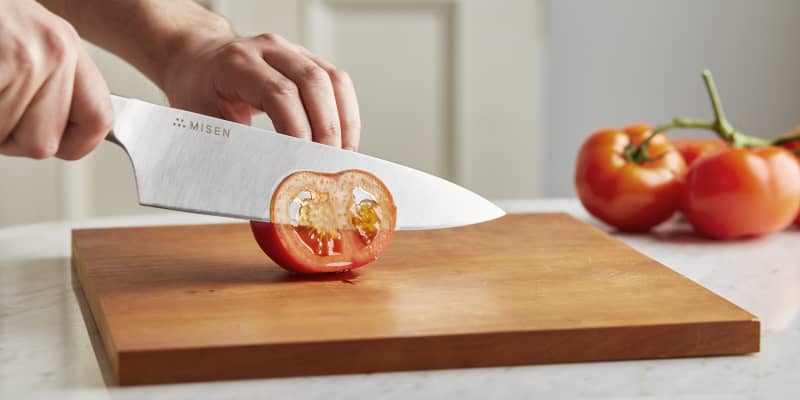For culinary professionals, selecting the ideal knife is as vital as choosing the perfect ingredients. One of the most popular options available is German knives under $100. Known for their exceptional precision, durability, and balance, these knives have become a mainstay in many kitchens across the globe.
When searching for the best German knives under $100, it's crucial to find a combination of superior craftsmanship and reasonable pricing. This guide will explore some of the finest options suitable for both experienced chefs and aspiring culinary artists. Lets discover how you can elevate your kitchen experience without exceeding your budget.

Why Choose German Knives?
German knives boast a well-established reputation for top-tier quality. Their unique combination of hardness and flexibility allows them to retain a sharp edge and resist chipping. This characteristic is essential for professionals who need reliable knives for everything from delicate slicing to robust chopping.
Additionally, many German knives are designed with a full tang, meaning the blade extends through the handle. This feature ensures better balance and control, key for achieving precise cuts. Chefs frequently prefer German knives due to their ergonomic handles, which help alleviate hand fatigue during extended use.
Top Picks for German Knives Under $100
Here are some standout options currently available on the market:
Wsthof Gourmet 8-Inch Cook's Knife
The Wsthof Gourmet series is synonymous with quality at an affordable price. The 8-inch cook's knife is a versatile tool that excels at a variety of kitchen tasks. Crafted from high-carbon stainless steel, it delivers a sharp, lasting edge.
For more insights into Wsthof's craftsmanship, check out their in-depth blog post.
Zwilling J.A. Henckels Pro 8-Inch Chef's Knife
Another outstanding choice is the Zwilling J.A. Henckels Pro 8-inch chef's knife. Known for its precision and durability, it is made from a single piece of high-carbon stainless steel. This knife delivers exceptional cutting performance and is highly favored by culinary professionals.
Discover more about caring for your Zwilling knife by visiting their knife care guide.
Victorinox Fibrox Pro Chef's Knife
While not exclusively a German brand, the Victorinox Fibrox Pro is often likened to German knives because of its Swiss roots and comparable craftsmanship. It is recognized for its affordability and performance, making it a popular option for budget-conscious chefs.
For tips on maintaining your knife, visit Victorinox's guide.
Key Features to Consider
When selecting a knife, particularly a German one, here are some features to keep in mind:
Blade Material
Most German knives are crafted from high-carbon stainless steel, providing an ideal balance of sharpness and rust resistance.
Handle Design
The handle should offer comfort and a secure grip. Ergonomically designed handles are especially beneficial to minimize fatigue over prolonged use.
Balance and Weight
A well-balanced knife should feel comfortable in hand while allowing for precise control. German knives are often heavier, offering enhanced stability when cutting.
Conclusion
In conclusion, locating German knives under $100 that uphold professional standards is absolutely achievable. By focusing on essential features and reputable brands, you can successfully enhance your kitchen tools without overspending.
For further insights into the distinctions between German and Japanese steel, consider reading this comparison.

FAQ
What makes German knives unique?
German knives are well-regarded for their durability, precision, and ability to retain a sharp edge. They often incorporate a full tang design, which enhances their balance and control.
Are German knives superior to Japanese knives?
This depends on personal preference and specific culinary tasks. Generally, German knives are heavier and more robust, while Japanese knives tend to be lighter and often sharper.
How do I care for my German knife?
Regular honing and appropriate storage are crucial. Always hand wash and dry your knife to prevent rust and maintain its sharpness. For additional techniques and maintenance tips, explore knife blade patina.


























